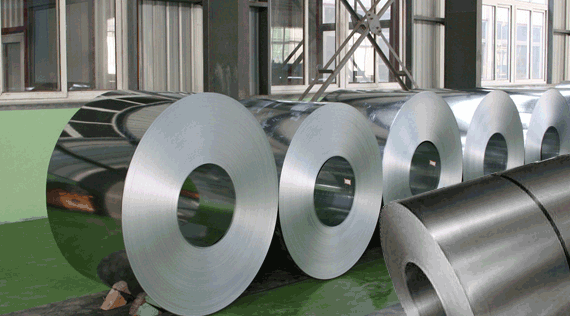
NEW DELHI, Dec 10 (Reuters) - India's plans to ramp up coal-powered steelmaking capacity could impede the country's goal of net-zero carbon emissions by 2070, Global Energy Monitor (GEM) said in a report on Tuesday.
India's Prime Minister Narendra Modi has set 2070 as the target for achieving net zero emissions, two decades later than what scientists recommend to avoid catastrophic climate impacts.
But a push to produce more steel to meet rising demand driven by India's rapid economic growth and increasing infrastructure spending risks raising greenhouse gas emissions.
"India's ongoing investments in new coal-based steelmaking, coupled with a young fleet of emissions-intensive blast furnaces ... jeopardise the country's net zero by 2070 target and risk saddling the country with upwards of $187 billion in stranded assets," said GEM, a US-based research group tracking global energy projects.
The additional blast furnace capacity could result in another 680 million metric tons of carbon dioxide-equivalent emissions from India's steel sector, GEM said in its report.
India, the world's second-biggest producer of crude steel, aims to reach a capacity of 300 million metric tons by 2030, up from the current 180 million metric tons.
India has the world's largest pipeline of steelmaking capacity under development - projects that have been announced or are in the construction phase - totalling around 258 million metric tons per year, GEM said.
Steel producers in the world's fastest-growing major economy generate 2.55 metric tons of carbon dioxide per ton of crude steel produced, 38% higher than the global average of 1.85 tons, it said.
Currently, 85% of the energy used in the steel sector comes from coal, GEM said.
Steelmaking from coal-based blast furnaces accounts for 69% of steel capacity under various stages of development, compared with 13% from electric arc furnaces, it added.